PROTECT YOUR DNA WITH QUANTUM TECHNOLOGY
Orgo-Life the new way to the future Advertising by AdpathwayTomato plants need their leaves! Without them, they’d have no way to photosynthesize and generate energy. They’d form small fruits, and their flowers would fall off.
Defoliation is more common with bonsai trees than with crops. After removing all the leaves, new small ones sprout in their place. With crops, defoliation may have less desirable effects. It can impact flower and fruit formation.
Although defoliation can have negative effects, there are some instances where it benefits tomatoes. Crowded, cramped plants benefit from space and airflow. Removing excess foliage allows more sun and air to reach the crops.
So, should you defoliate your tomato plants? Let’s dig in!
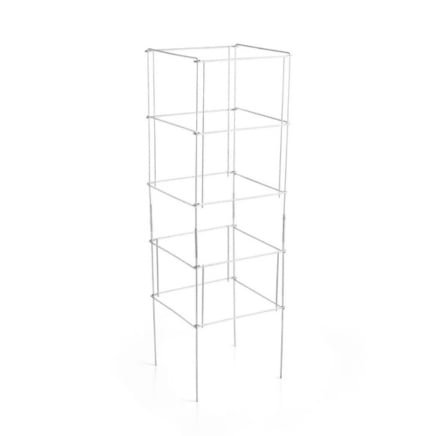
Traditional Bonsai Scissors

Traditional Bonsai Scissors 7″
Container’s Choice Red Bush

Containers Choice Red Bush Tomato
Should You Defoliate Your Tomato Plants?
Most growers should not defoliate their tomato plants. Studies show that removing too many leaves causes low yields. You won’t have that many tomatoes to harvest, and the ones that do form will be small. Defoliation may also lead to sunscald and burns, as direct sunlight roasts the ripening tomatoes before they’re ready to eat.
Defoliate some leaves, and the damage is less considerable. Tomato plants tolerate some leaf loss, which they use to safeguard themselves against pests and diseases. Cramped stems may benefit from slight defoliation to encourage better airflow and proper sun exposure.
Defoliating Tomato Plants
To defoliate tomato plants or not to defoliate tomato plants, that is the question! It depends on your garden, the tomatoes you’re growing, and the time of year. Analyze all three factors to determine whether you should defoliate or not.
It’s Not Necessary
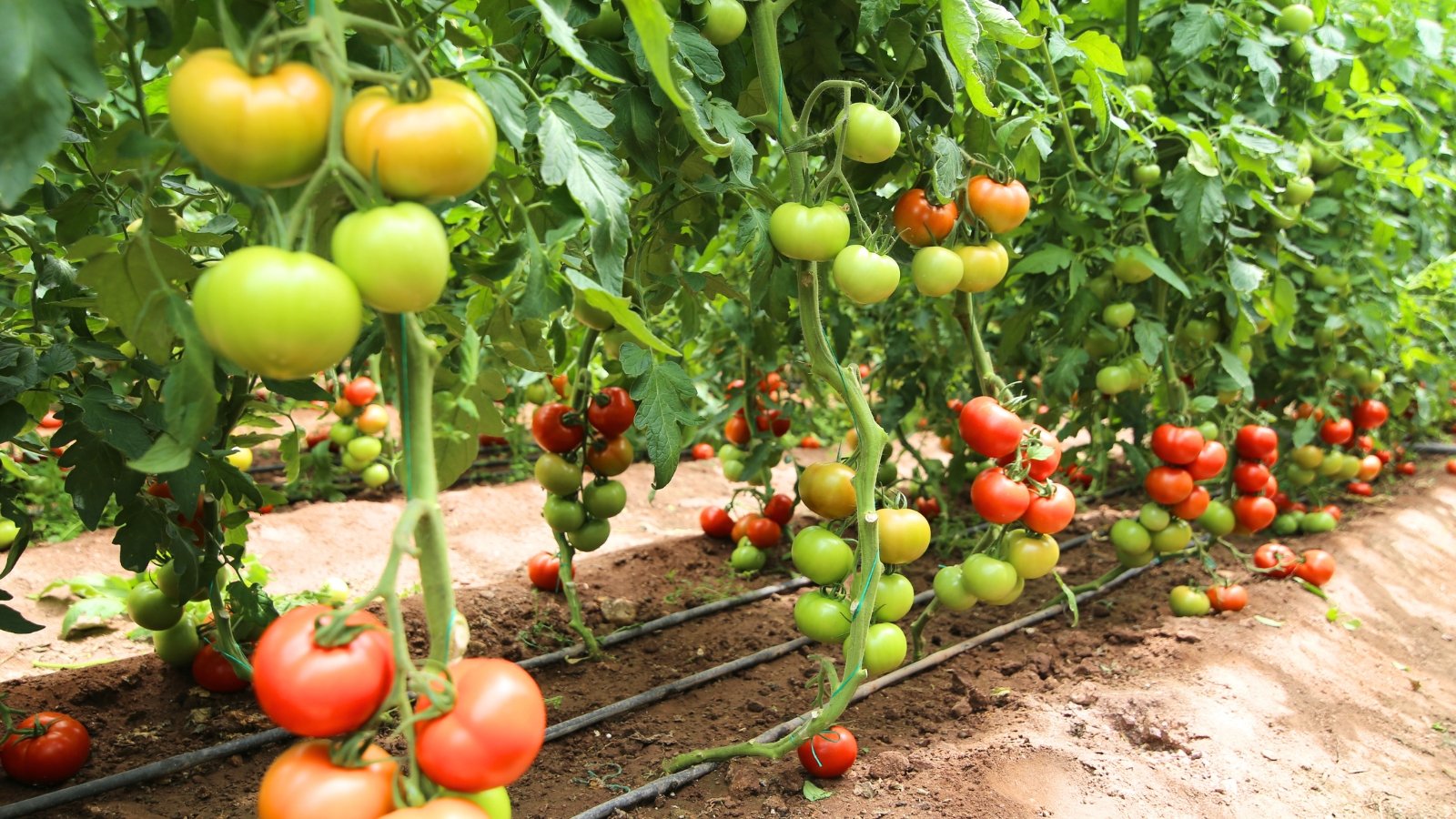 Good spacing and support beat aggressive pruning any day.
Good spacing and support beat aggressive pruning any day.You don’t need to defoliate tomato plants. It’s not necessary! When you space tomato plants properly and give them support, they’ll grow well on their own. They cover their fruits with their leaves to protect them from sunburn.
Defoliation typically implies a full removal of every single leaf. This is never desirable when pruning tomatoes, as the plants need leaves to survive. Slight defoliation, as in removing a few leaves, has some benefits in cramped conditions.
Pruning vs. Defoliating
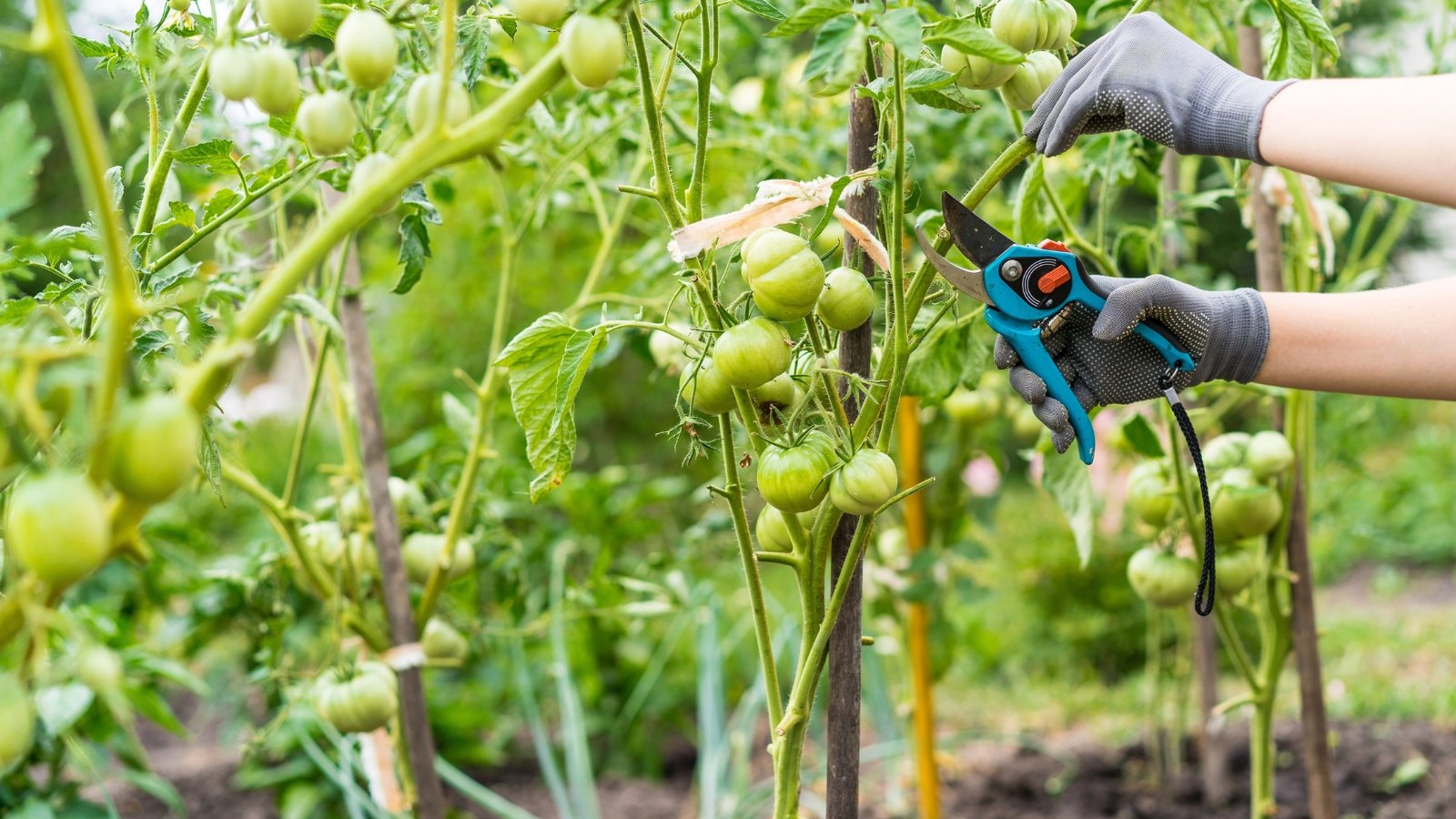 Compact plants usually do fine without much interference.
Compact plants usually do fine without much interference.Pruning and defoliating are two separate acts in the tomato garden. Pruning is a proper task, and it’s beneficial for both determinate and indeterminate tomatoes. While you shouldn’t defoliate your tomato plants, you may prune them to keep them healthy throughout the growing season.
Sucker removal is the primary reason for pruning. New tomato stems, called suckers, grow from the main stem. They will form flowers and fruits if you let them, or you can prune them off pole types and redirect energy to the main stem.
Determinate, bushy tomatoes rarely need pruning. They grow a finite amount of tomatoes from their flowers, and they need every sucker to fruit properly.

Defoliate Diseased Leaves
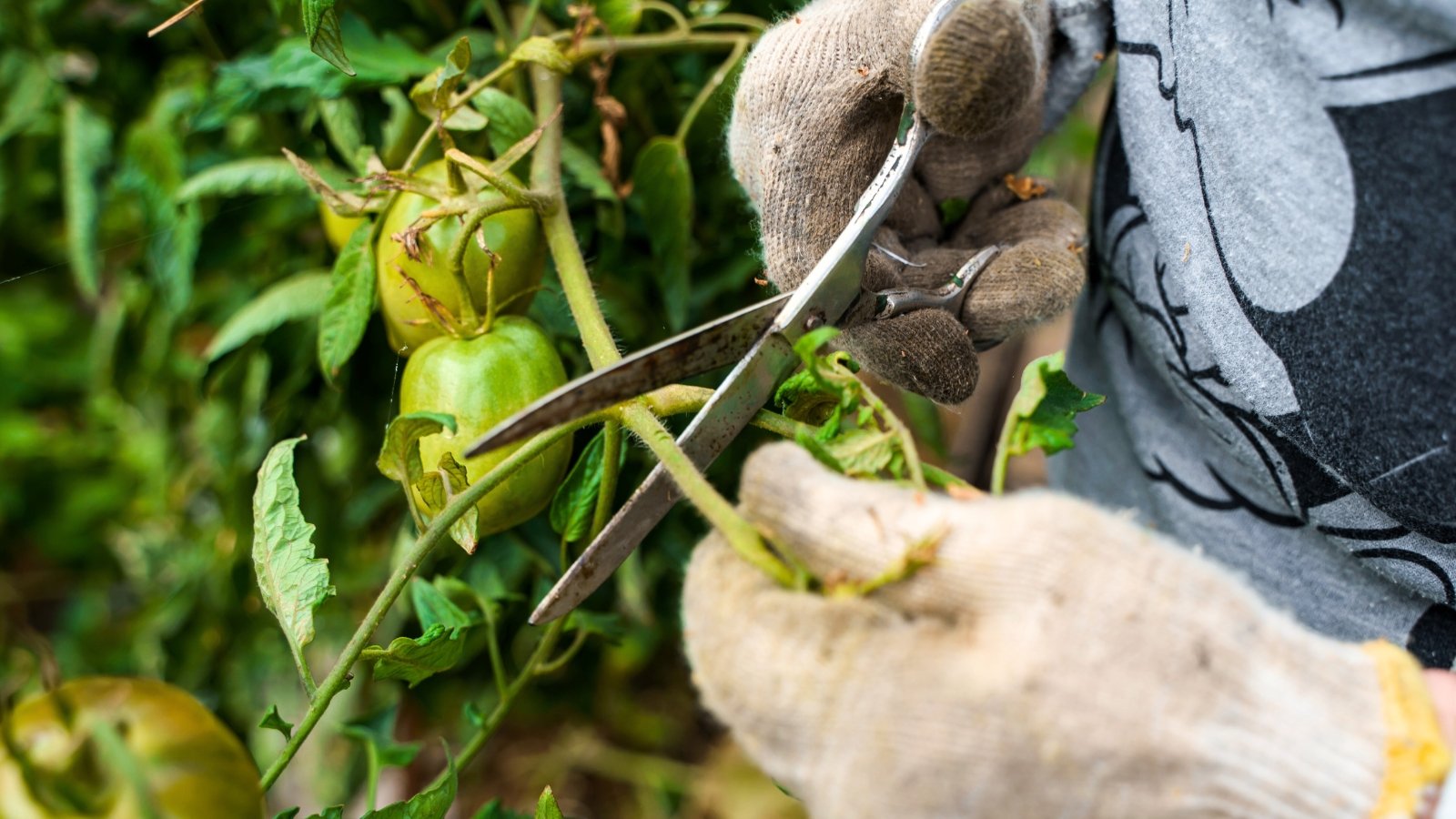 Snip yellow leaves early before they invite bigger problems.
Snip yellow leaves early before they invite bigger problems.While full defoliation isn’t desirable, some leaf removal is! Leaves grow ratty and damaged as the season progresses. High temperatures, pests, and moist conditions cause them to form holes and rips.
You may defoliate damaged, yellow, or diseased leaves as you notice them. Snip them off, then compost them or dispose of them away from the growing site. Dead leaves can foster diseases, so you want to recycle them far from the tomatoes.
If you notice the lower leaves of your plants turning yellow, it could indicate a nitrogen deficiency. Consider fertilizing the crops if you haven’t fed them in a while.
Crowded Plants May Benefit
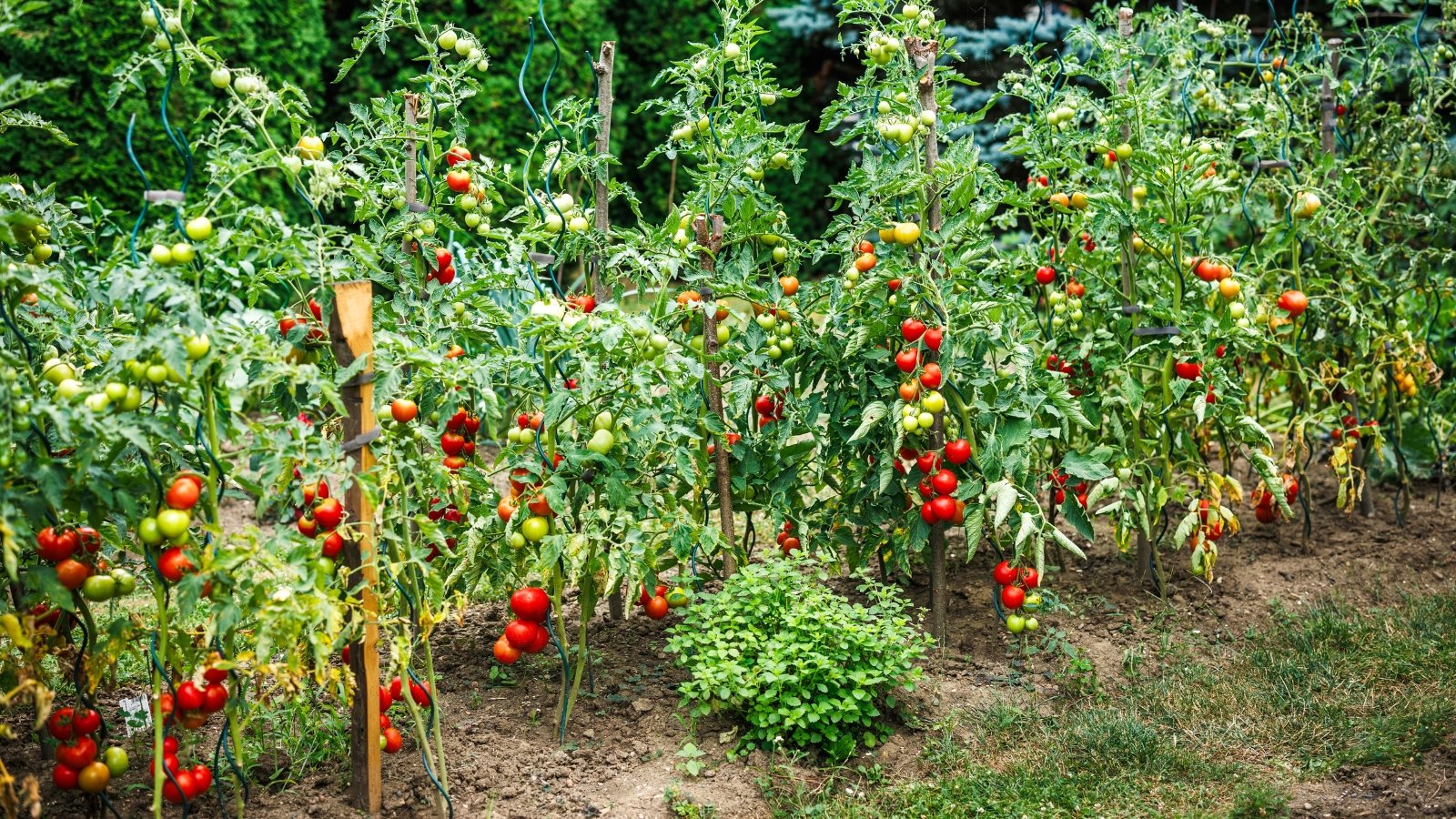 When leaves block light, thinning them helps the plant breathe.
When leaves block light, thinning them helps the plant breathe.The main occasion to defoliate tomato plants is when your tomatoes grow in dense, crowded conditions. They’ll struggle to receive enough air and sunlight, and they’ll need some defoliation to continue thriving. Removing a few leaves is all you’ll need to do if you can’t give them proper spacing.
Start by snipping a few of the upper and lower leaves. Don’t overdo it! Removing too many can cause lower yields during the harvest season. Only snip as many as necessary to promote ample air circulation.
Indeterminate pole tomatoes continue thriving so long as the weather is warm and sunny. They’ll create crowded conditions if they ramble along the ground. Save space by staking them and defoliating some of their leaves as needed.
Top Plants in the Fall
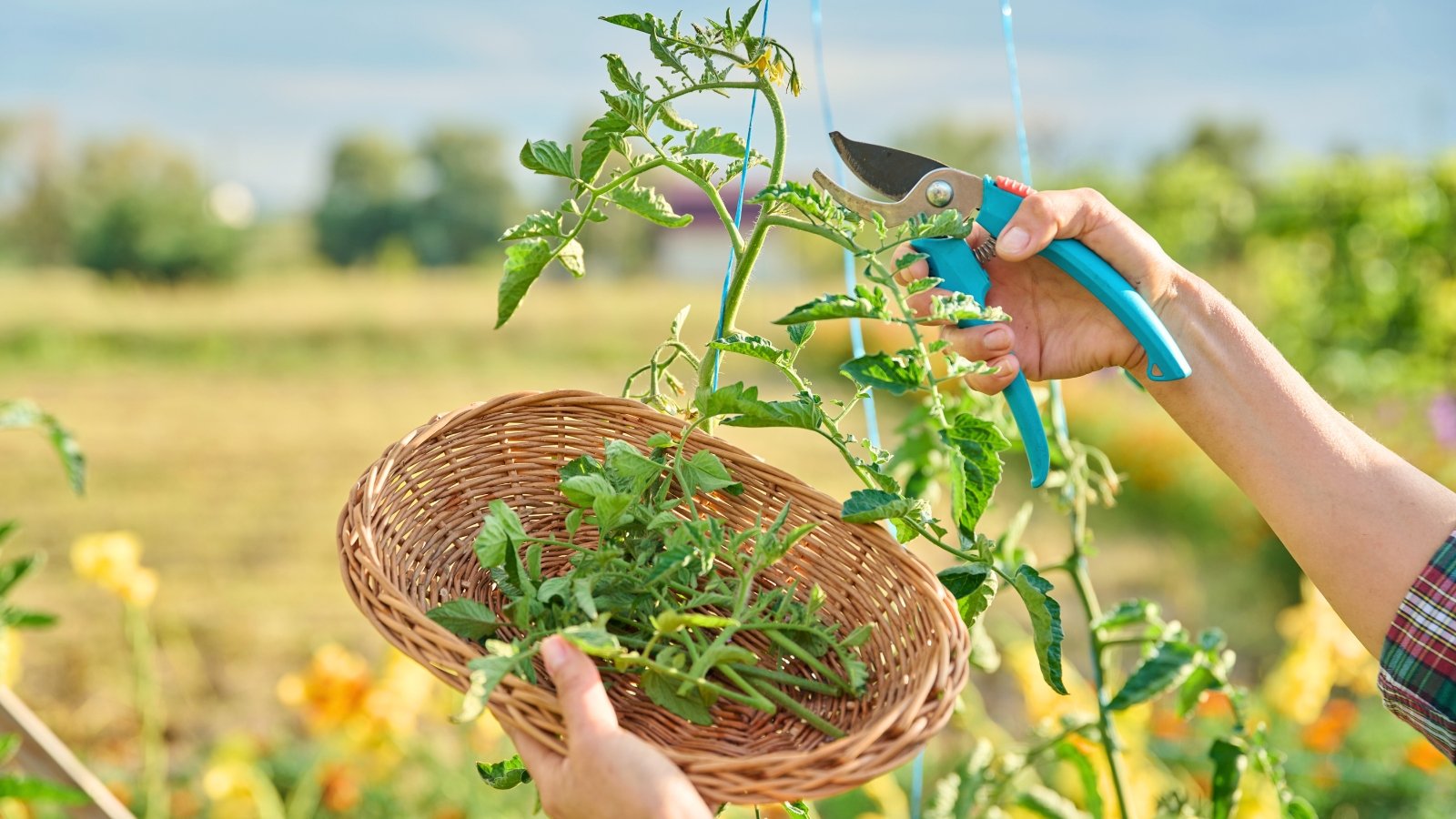 Snipping the tops helps late fruits ripen in time.
Snipping the tops helps late fruits ripen in time.Topping isn’t defoliation, but it’s a helpful pruning technique that’s similarly underutilized. As summer turns to fall, pole tomatoes continue producing flowers and young fruits. The only downside is that there typically isn’t enough time for them to ripen in the fall!
Instead of leaving your tomato crop to its own devices, you can top the plants to promote quick ripening. Locate almost ripe tomatoes, leave them, and prune all the growth above them. Remove upper stems without fruits, and pinch off flowers and young, green tomatoes.
Your plants will look haggard, but they’ll ripen their tomatoes quickly! Topping is great for indeterminate tomatoes in autumn. Use the technique to speed up the ripening process at the end of the growing season.
Key Takeaways
- Most gardeners will not need to defoliate their tomato plants.
- Defoliation typically implies a full removal of all foliage; this is never desirable on a tomato plant.
- Defoliate in small amounts to increase airflow and improve cramped conditions.
- Avoid removing too much foliage; it’ll lower your yields come harvest time.
- To prune and to defoliate are two separate actions. You may prune your tomato to keep it maintained and vigorous.
Frequently Asked Questions
Yes, you may, though it’s rarely necessary. Defoliate to improve cramped conditions, and only remove a little foliage from each plant.
You may snip the foliage from midsummer onwards, when the plants are mature and vigorous. Avoid defoliating young seedlings, as they need their leafy canopy to grow tall and thick.
Defoliate your crops by snipping damaged, dead, or diseased foliage. Use herbal snips or pruners; whatever you have will work well.


 1 day ago
4
1 day ago
4
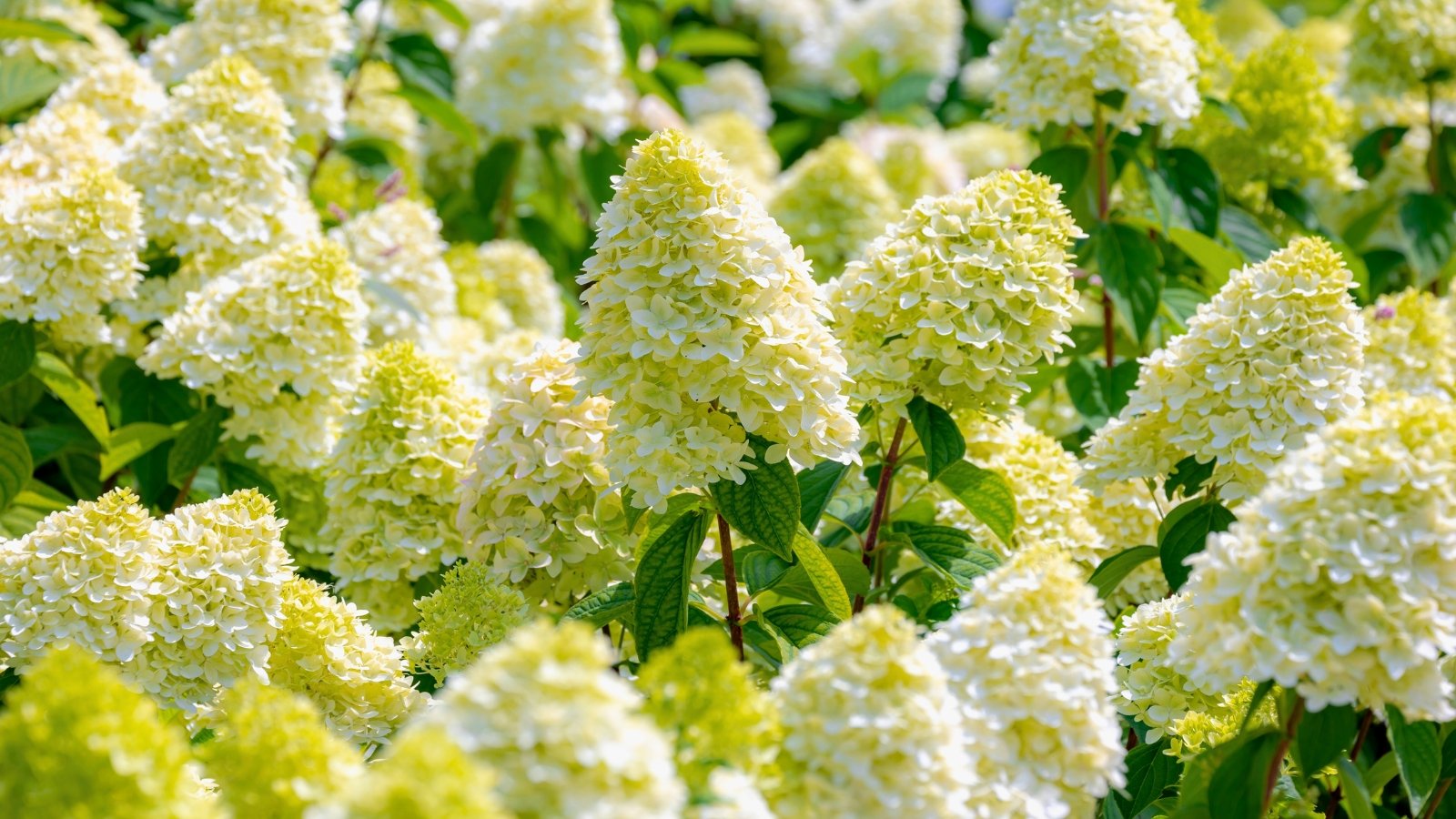



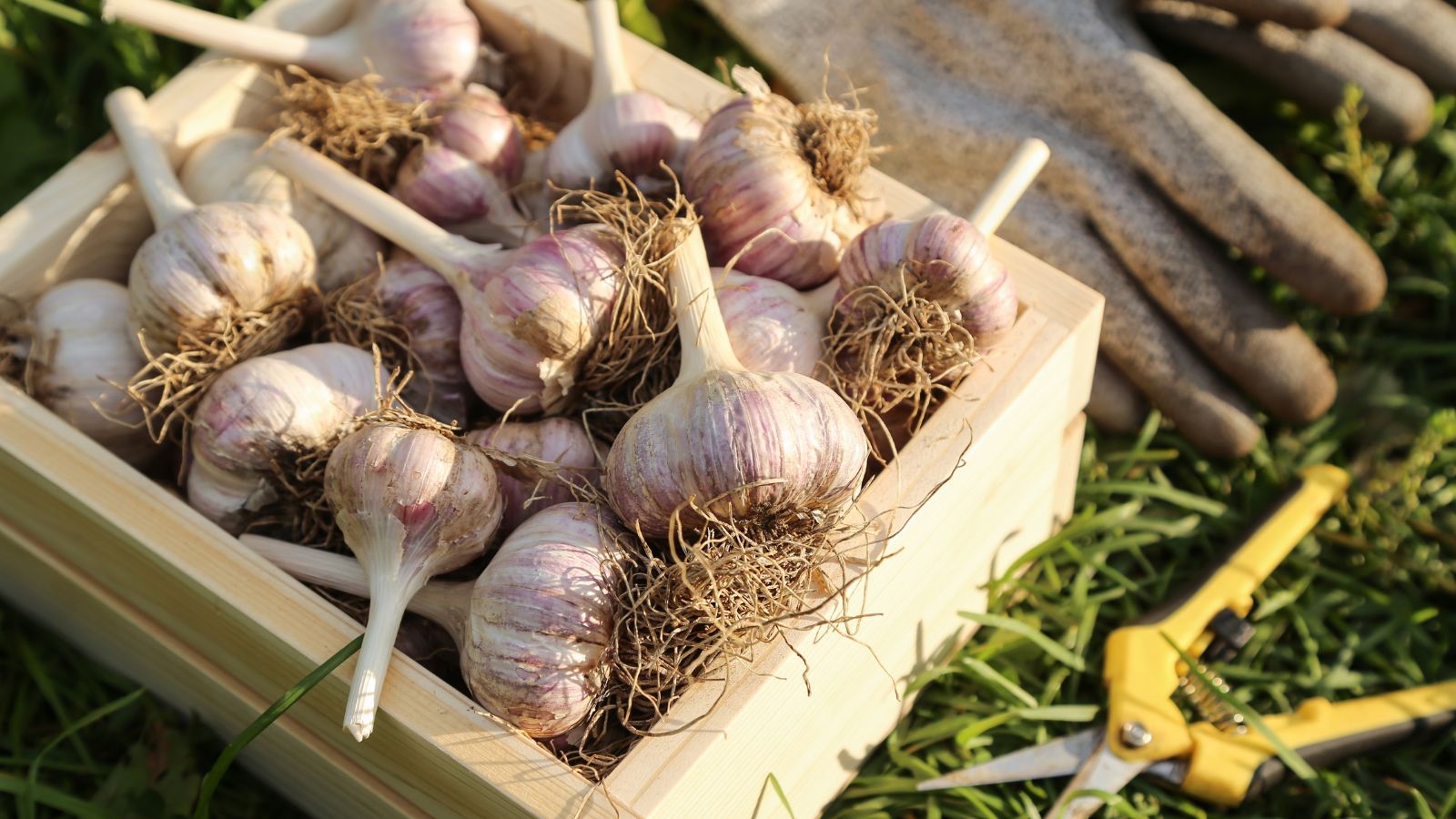
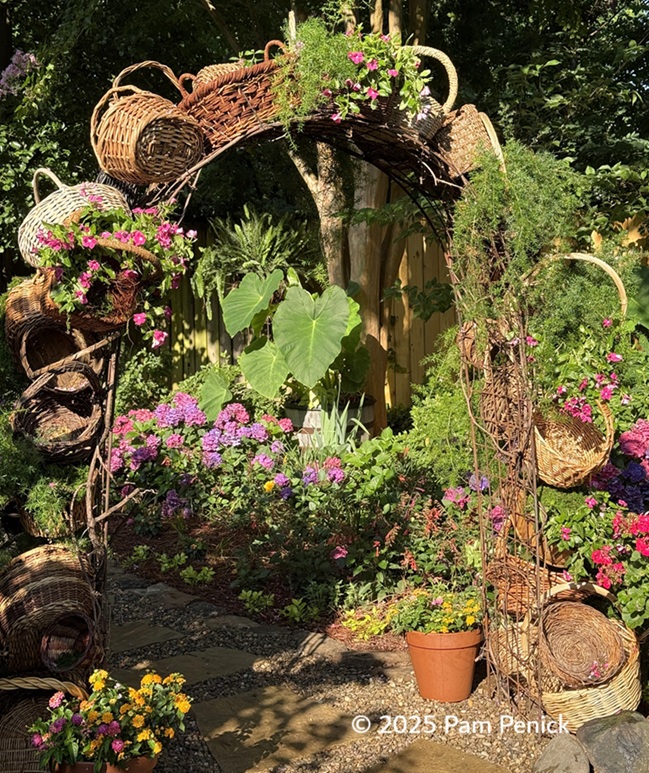















 English (US) ·
English (US) ·  French (CA) ·
French (CA) ·